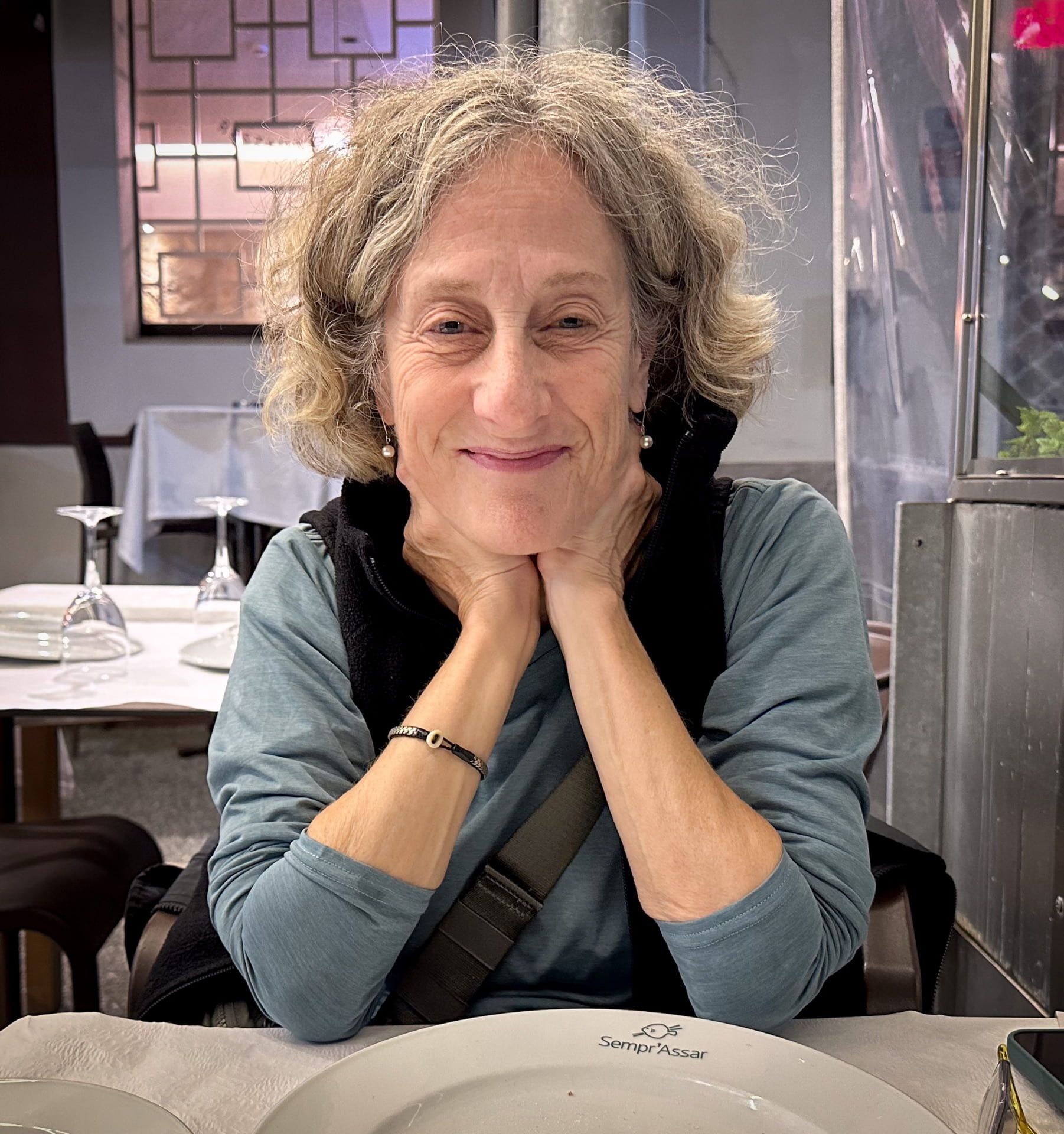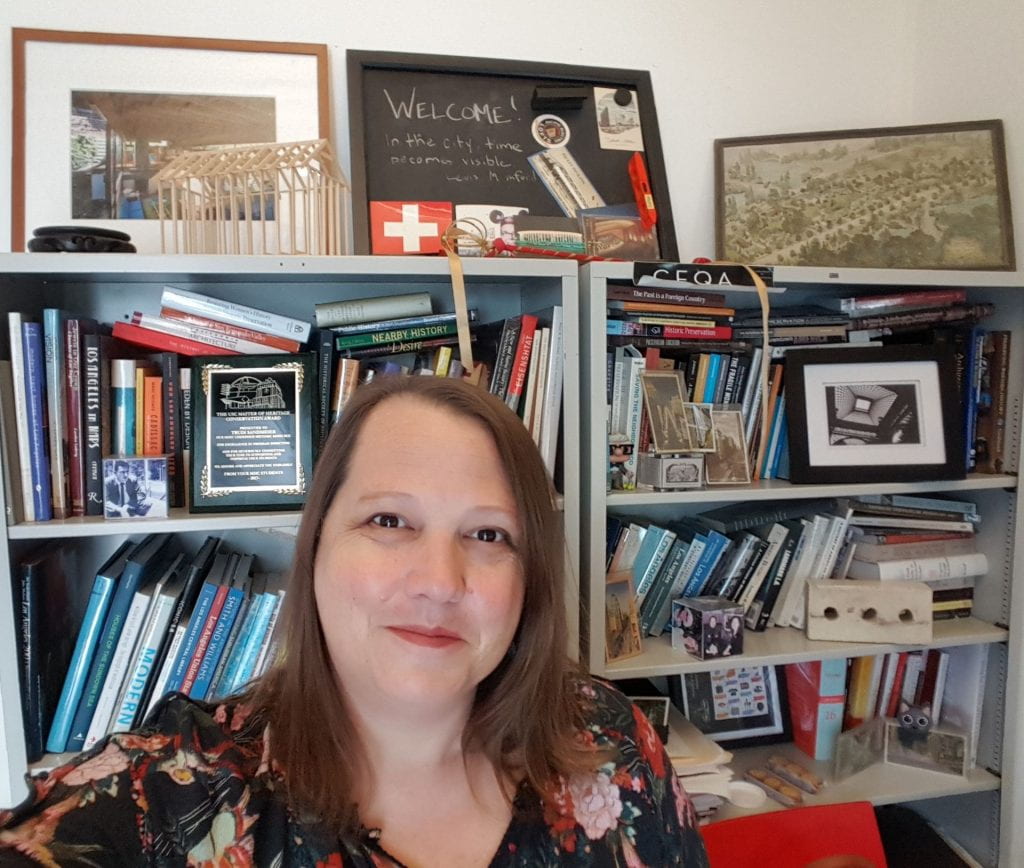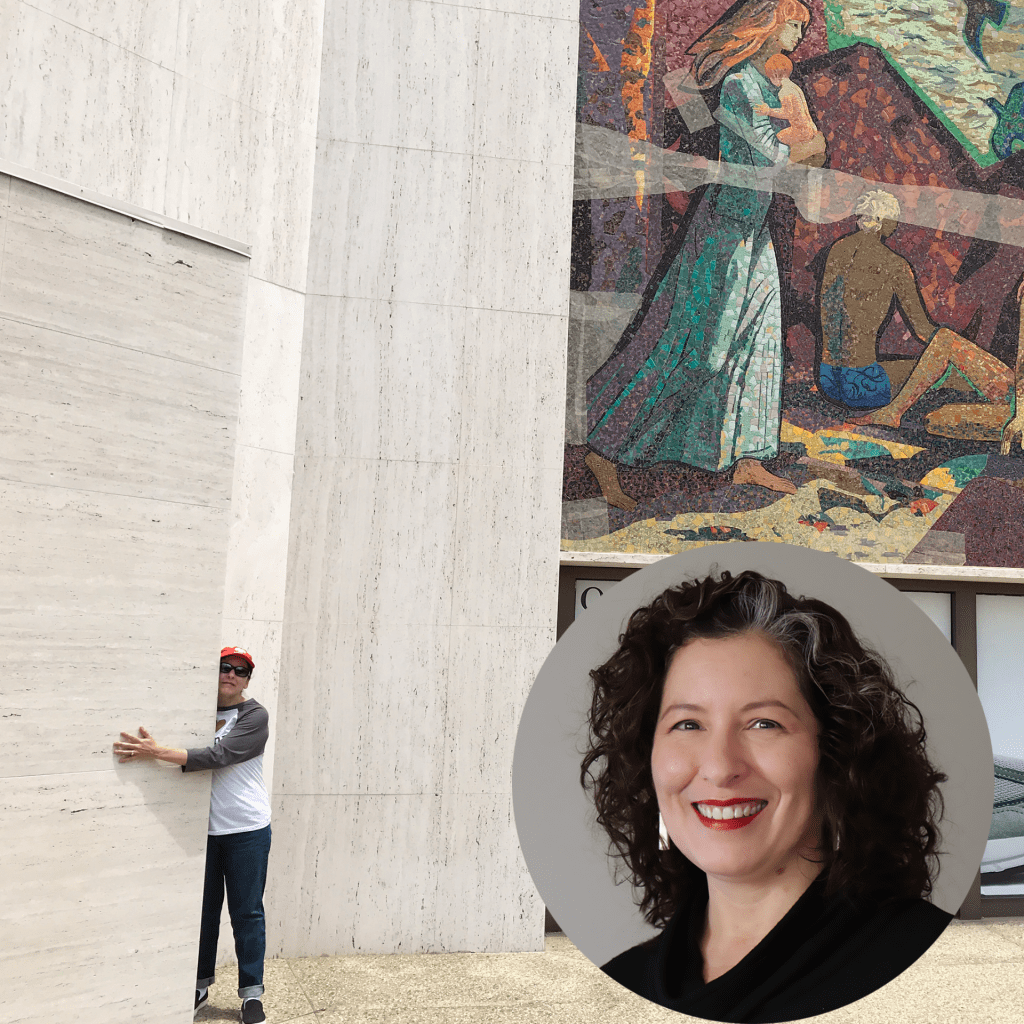Death Valley Ghost Town: Conservation of the Ryan Mining District
Before Death Valley became a desert tourism mecca, it was a mining hot spot. The homelands of the Timbisha Shoshone tribe were opened to industry during the California Gold Rush. In this “Where Are They Now?” episode, producer Willa Seidenberg talks with alumna Mary Ringhoff about her thesis on the early-twentieth-century mining town of Ryan, an unusually well-preserved site just outside the boundaries of Death Valley National Park. The company town housed workers at the Pacific Coast Borax Company, which produced the famous “20-Mule Team” cleaning agent used in millions of households.
Mary, an archaeologist by training, describes the lives of miners in a harsh desert environment, the town’s conversion into a hotel for tourists, and how it became a ghost town. She also shares the surprising project she’s been investigating in her work as an architectural historian.
SHARE:
Featuring

Mary Ringhoff (MHC 2012)
Architectural historian and archaeologist Mary Ringhoff is a Senior Associate at Architectural Resources Group (ARG) in Los Angeles. She specializes in landmark nominations, historic context statements, and historic resource surveys. Mary is on the faculty of the USC School of Architecture, where she has taught the Cultural Resource Management course in the Heritage Conservation program.
Learn More
Thesis: Life and Work in the Ryan District, Death Valley, California, 1914-1930: A Historic Context for a Borax Mining Community by Mary Ringhoff
Death Valley Conservancy Ryan Camp
Save As: Boots on the Ground: Archaeology and Community at Manzanar
Timbisha-Shoshone in Death Valley
USC Heritage Conservation Programs
Your Hosts

Podcast producer Willa Seidenberg taught audio journalism and podcasting at USC’s Annenberg School of Communication and Journalism, while pursuing a USC Master of Heritage Conservation degree. She retired from teaching and earned her degree in 2023. A 20-year broadcast journalist and an inaugural fellow with USC’s Center for Excellence in Teaching, Willa founded Annenberg Radio News, the university’s radio news operation; and Intersections South LA, a reporting lab and community website for South Los Angeles. With photographer William Short, Willa is the author of two oral history/photo projects: A Matter of Conscience: GI Resistance During the Vietnam War and Memories of the American War: Stories From Viet Nam.

Co-host Trudi Sandmeier is the Associate Dean for Academic Affairs, Director of Graduate Programs in Heritage Conservation, and Professor of Practice at the USC School of Architecture. Her work centers on the conservation of the recent past and the impact of under-recognized communities on the historic built environment. Read more in her USC faculty bio.


















